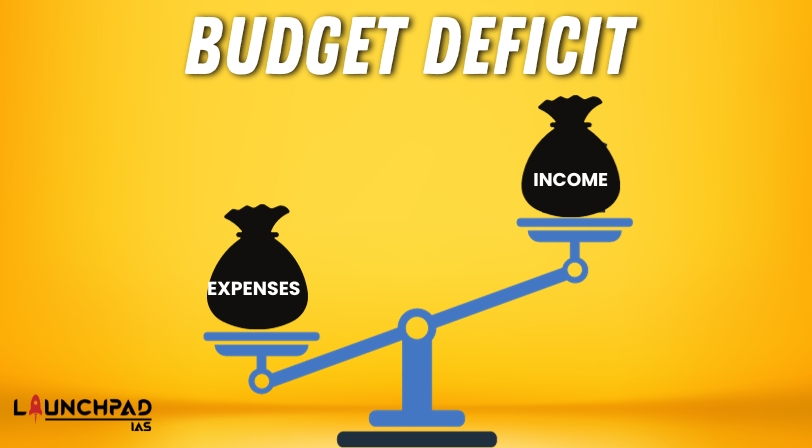A budgetary deficit is said to have taken place when the individual, government, or business budgets have more spending than the income that they can generate as revenue.
Types of Budget Deficits
There are three types of budget deficits. They are explained as follows:
- Fiscal deficit
- Revenue deficit
- Primary deficit
Fiscal Deficit
A fiscal deficit is defined as the excess of total expenditures over the total receipts, excluding the borrowings in a year. In other words, this can be defined as the amount that the government needs to borrow to meet all expenses.
Fiscal deficit = Total expenditures – Total receipts excluding borrowings
Revenue Deficit
Revenue expenditure is defined as the excess of total revenue expenditure over the total revenue receipts. In other words, the shortfall of revenue receipts as compared to that of the revenue expenditure is known as the revenue deficit.
Revenue deficit = Total revenue expenditure – Total revenue receipts
Primary Deficit
The primary deficit is said to be the fiscal deficit of the current year subtracted by the interest payments that are pending on previous borrowings. In other words, the primary deficit is the requirement of borrowing without the interest payment. A zero deficit shows that there is a requirement for availing credit or borrowing to clear the interest payments pending.
Primary deficit = Fiscal deficit – Interest payments


